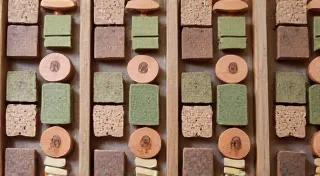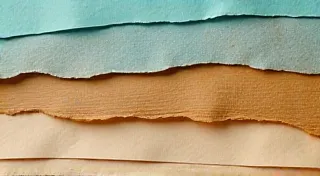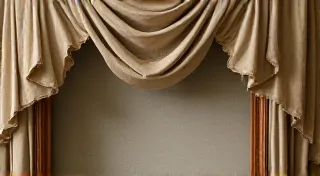The Collector’s Compass: Navigating the World of Antique Clock Values
There's a quiet magic in the tick-tock of an antique clock. More than just marking the passage of time, it’s a whisper from the past, a tangible link to the hands that crafted it, the homes it graced, and the generations it witnessed. For the serious collector, that appreciation extends beyond the aesthetic; it delves into the complexities of value. Understanding how to assess the worth of antique clocks isn't simply about dollars and cents; it’s about appreciating history, craftsmanship, and the subtle narratives embedded within these timekeeping treasures.
I remember vividly the day I first understood this. I was perhaps fifteen, accompanying my grandfather, a lifelong clock enthusiast, to an estate sale. The air was thick with dust and the weight of forgotten memories. He paused before a simple, unassuming mantel clock—a walnut case, brass face, and a gentle chime. I asked, “Grandpa, how do you know how much it’s worth?” He smiled, a knowing glint in his eye. “It’s not a calculation, son. It’s a story. You have to listen to what the clock tells you.” He didn't mean literally, of course, but it stuck with me. It was the beginning of a lifelong journey into the intricate world of antique clock values.
Rarity: The Scarcity Factor
At its core, value in any collectible market hinges on rarity. The fewer examples of a particular clock model that exist, the greater its potential worth. This isn’s always about mass production numbers. Sometimes, a clock wasn't produced in huge quantities to begin with. Early American clocks, for example, often had limited production runs due to the nascent industrial landscape of the time. A Seth Thomas "Boss" clock, especially in exceptional condition and with original weights and pendulum, commands a premium not only for its design but because of its relative scarcity. It’s fascinating to consider how different case styles emerged and evolved alongside manufacturing techniques—a journey that collectors often explore in detail, charting the evolution of antique clock case styles.
Think about the variations within a single manufacturer’s line. A "standard" model is generally more common than a special edition or one with unique embellishments. Identifying these nuances requires significant research. Auction catalogs, antique clock societies' publications, and dedicated online forums are invaluable resources for tracking production numbers and identifying uncommon variations. The more obscure the maker, the more difficult it can be to gauge rarity; a local, independent clockmaker who produced only a handful of timepieces can be incredibly valuable, but proving their existence and production is a challenge in itself. The beauty and intricacy of these mechanisms often inspire a sense of wonder, prompting some to find a deeper meaning – an echo of rhythm and structure much like a poet might in their craft. Indeed, many antique clocks possess a quiet elegance, prompting contemplation and inspiring creativity; it’s no surprise that the rhythms of antique clocks have long been a source of inspiration for many - see "The Poet's Pendulum: Finding Inspiration in the Rhythms of Antique Clocks."
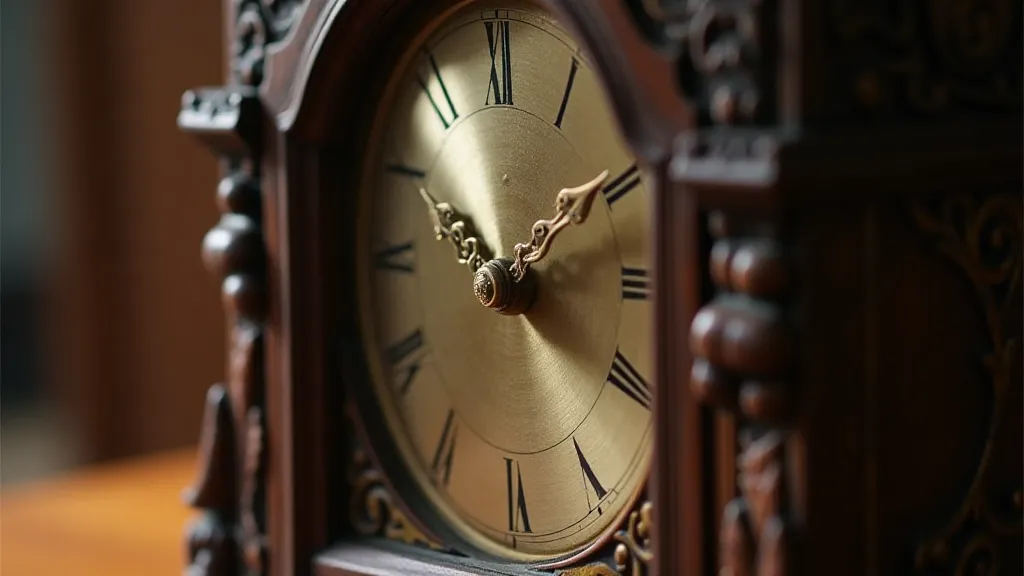
Condition: The Guardians of Value
While rarity establishes a baseline, condition drastically modifies it. A clock in pristine, original condition—meaning all original parts are present, the case is unblemished, and the movement functions flawlessly—will always command a higher price than a heavily restored or damaged example. Restoration, while sometimes necessary to preserve a clock, can also depreciate its value. A “mint” clock, untouched by time and repair, is a collector’s dream.
However, the interpretation of “restoration” is crucial. A careful, reversible restoration—one that utilizes historically appropriate materials and techniques—might be acceptable to some collectors. A poorly executed restoration, using inappropriate materials or masking serious issues, can severely detract from value. Understanding the delicate balance between preservation and intervention can be an art form in itself – sometimes, witnessing the gradual process of decay can be surprisingly moving, as reflected in the evocative nature of gears & ghosts, the haunting beauty of abandoned timepieces. This highlights how restoration isn’s always the best path; sometimes, the character of the clock lies in its imperfections.
Understanding the materials used in restoration, and their impact on the clock’s overall integrity, also requires a level of expertise. A clockmaker's mark (or its absence) can be a clue, hinting at the level of previous intervention. The appearance and color of the original finish are incredibly important, and skilled restorers understand the nuances of recreating these historical finishes. Sometimes the best way to bring a piece back to life is through a faithful recreation of the original coloring process; for deeper insight into the art of recreating antique finishes, consider "Chromatic Echoes: Restoring the Original Finishes on Antique Clock Cases."
Provenance: The Narrative of Ownership
Provenance, the documented history of ownership, adds another layer of complexity and potential value. A clock with a traceable history—perhaps it belonged to a prominent historical figure, was featured in a museum exhibition, or was part of a significant collection—is inherently more valuable than one with unknown origins. Imagine discovering a Gilbert & Kendrick mystery clock (a particularly elusive type) that can be definitively linked to a famous inventor! The story attached to the clock becomes a significant portion of its worth.
This is where careful record-keeping is essential. Old receipts, letters, photographs, or even family lore can provide invaluable clues about a clock’s past. Even seemingly insignificant details—a faded inscription on the back of the case, a distinctive mark on the pendulum—can unlock a forgotten history. Provenance is often the key to transforming a simple timekeeper into a truly exceptional artifact. The sheer intricacy of antique clockwork is a testament to human ingenuity, but uncovering the stories behind these objects can be even more rewarding – tracing their journey through time and understanding the hands that brought them into existence.
Historical Significance: The Echoes of the Past
Beyond its rarity, condition, and provenance, a clock’s historical significance can elevate its value. Did it represent a technological innovation for its time? Was it associated with a significant historical event? Did it embody a particular artistic style or cultural movement? For example, a German Black Forest cuckoo clock from the mid-19th century, demonstrating the burgeoning mass production techniques of the industrial revolution, carries significance beyond its functional purpose. Examining the marks and signatures on clocks allows us to trace lineages and uncover fascinating details about the clockmakers themselves—a tangible connection to the past, as detailed in the clockmaker's legacy: tracing ancestry through markings and styles.
Understanding these broader historical contexts requires a wider knowledge of the period in which the clock was made. Researching the maker, the prevailing social and economic conditions, and the technological advancements of the era can unlock a deeper appreciation for the clock’s place in history. This is where the clock truly becomes more than just an object—it becomes a window into the past. The complexity of early clockmaking techniques and the blend of artistic expression and practical design often reflect the cultural values of the time. The interaction of different cultures has always shaped the evolution of design and craftsmanship, and clocks are no exception.
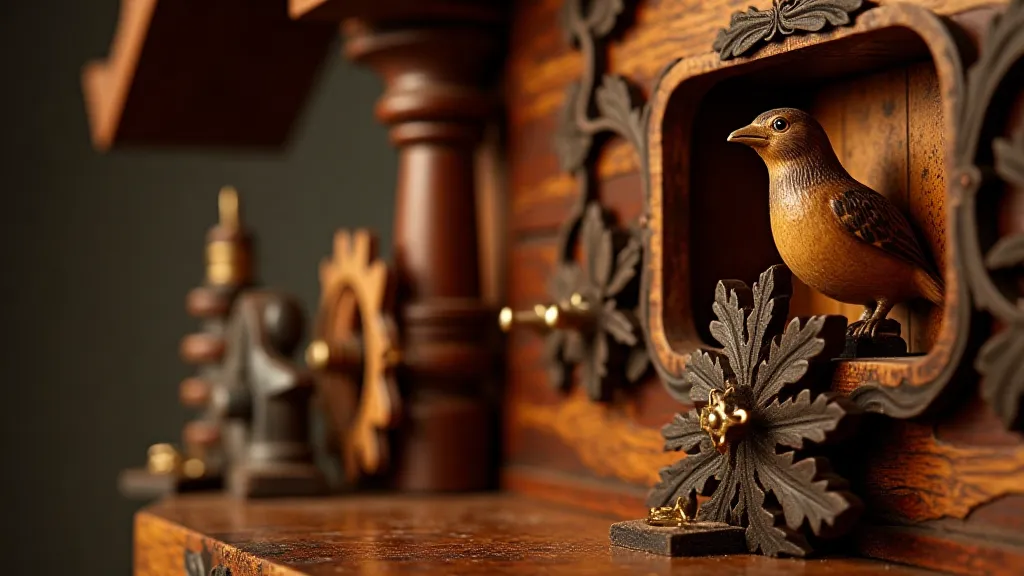
Market Trends: The Pulse of Demand
Finally, the current market trends play a crucial role in determining value. Just like any collectible, the demand for antique clocks fluctuates over time. What’s “hot” one year might be “out” the next. Factors like economic conditions, popular culture, and shifting collector preferences can all influence market trends. For example, a resurgence in Art Deco design could significantly increase the value of Art Deco-era clocks.
Staying informed about market trends requires ongoing research. Attending antique shows and auctions, subscribing to auction house catalogs, and participating in online collector forums are all valuable ways to gauge current demand. Understanding these trends is essential for both buyers and sellers—it allows informed decisions to be made, maximizing both value and satisfaction. The process of restoring older clocks can be incredibly complex, requiring a blend of technical skill and artistic intuition – often involving the transformation of what might appear lost or ruined into something resonant and beautiful. The mechanical symphony of antique clocks continues to captivate, and their enduring appeal is reflected in the passionate collectors who seek to preserve these relics of the past.
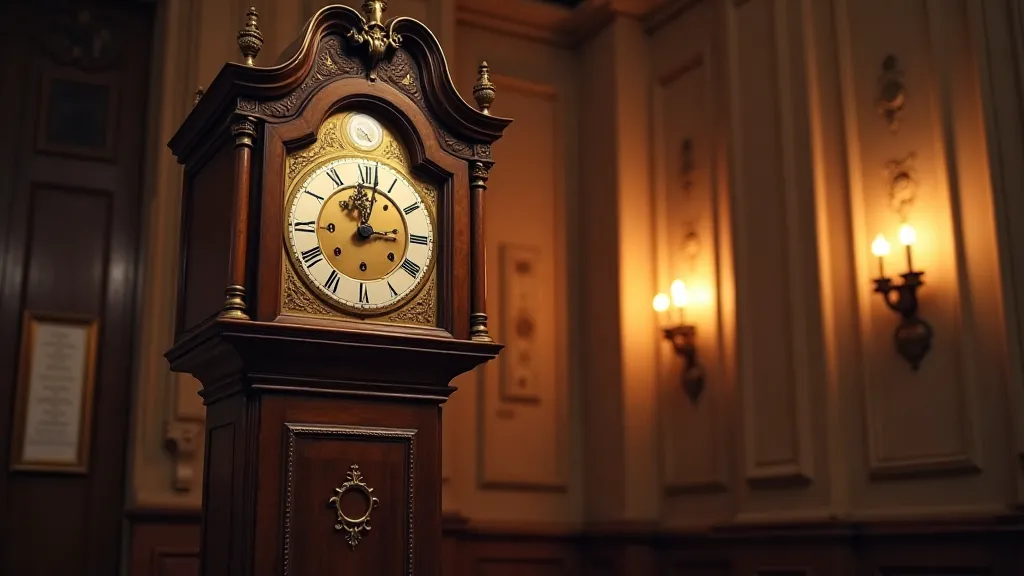
Assessing the value of antique clocks is not a precise science. It’s a blend of knowledge, experience, and intuition—a journey of discovery that connects us to the past. Like my grandfather taught me, it's about listening to the clock's story and appreciating the artistry and history it represents. It's more than just a financial assessment; it's a celebration of time, craftsmanship, and the enduring human desire to create and preserve beauty.

